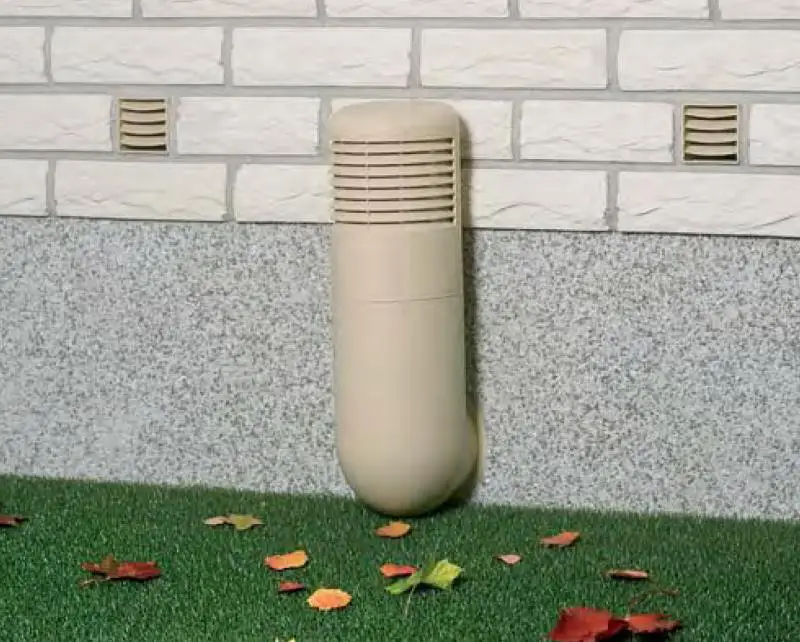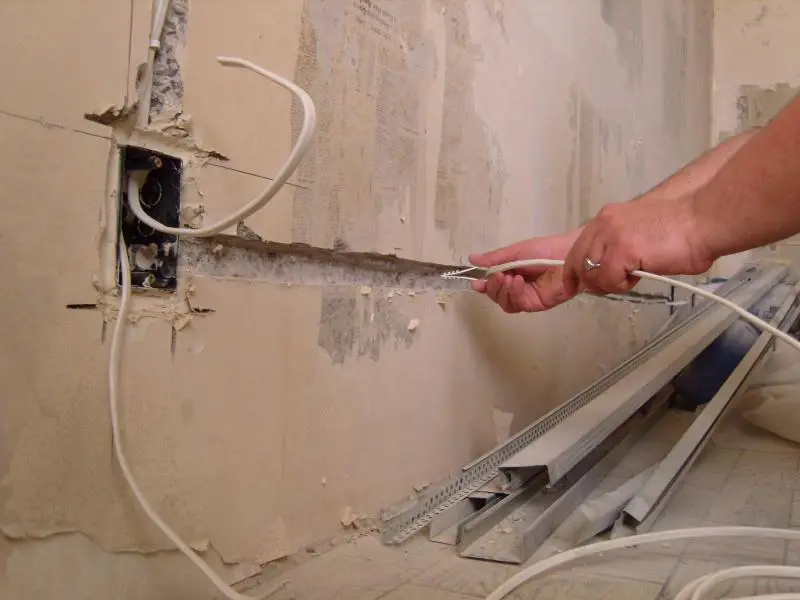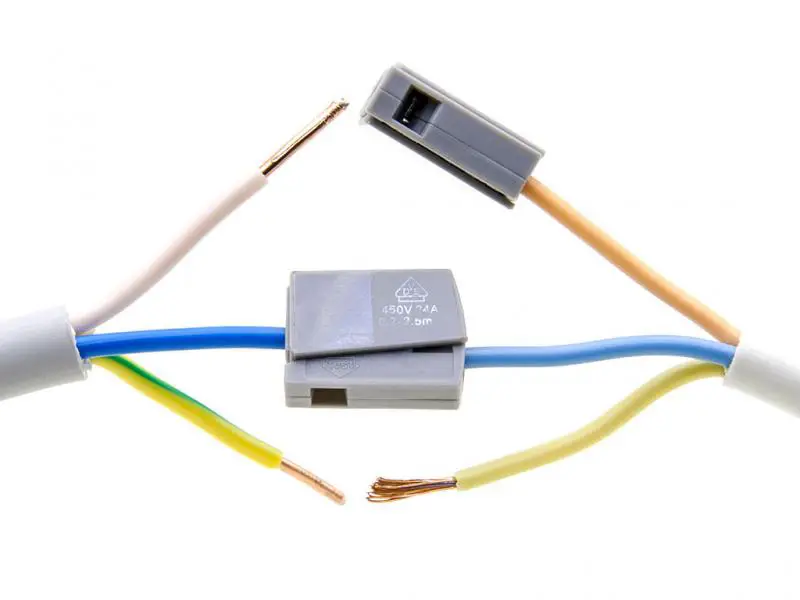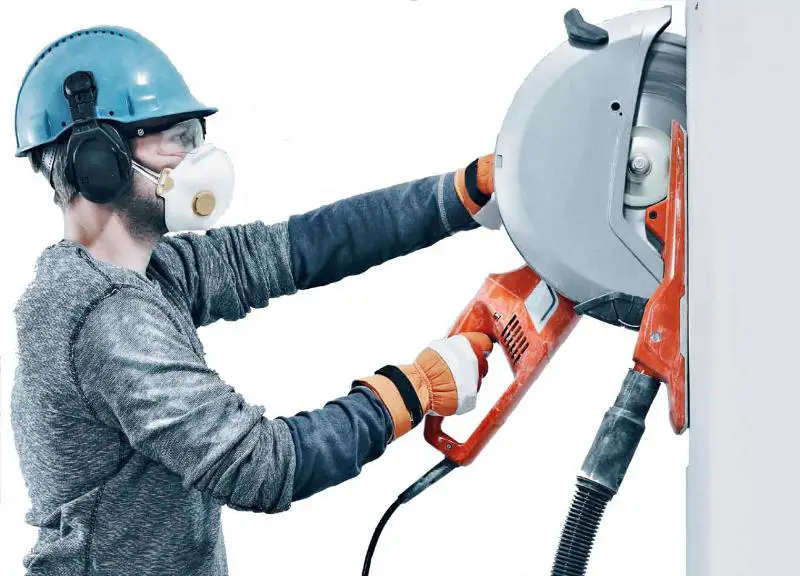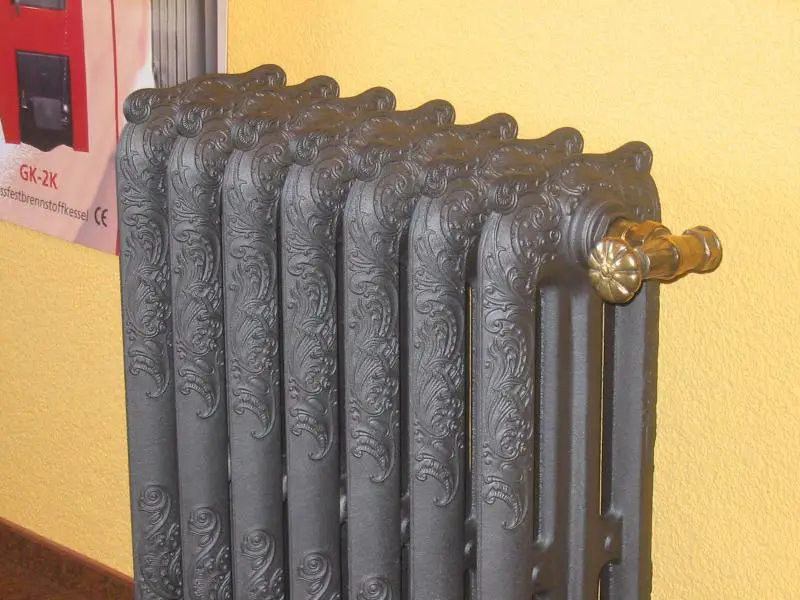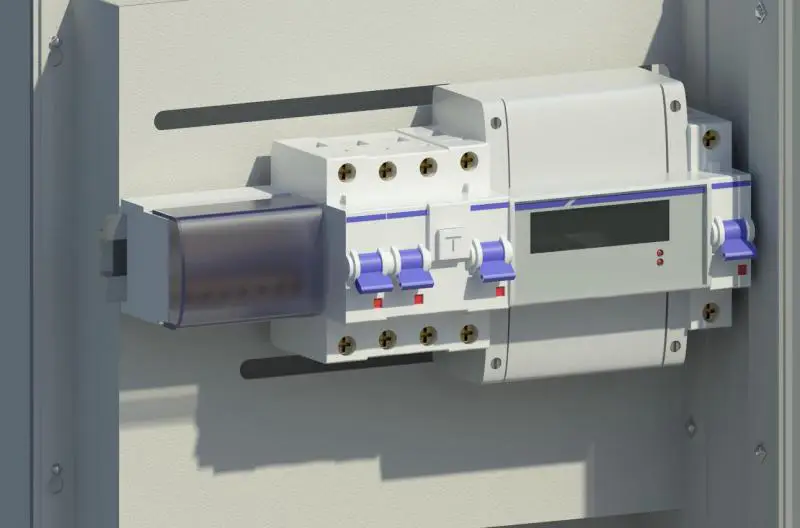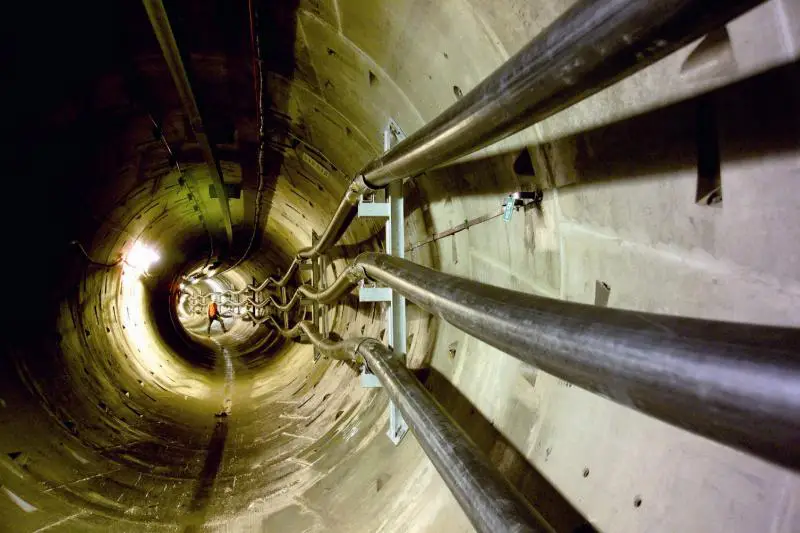There can be your advertisement
300x150
Standing Seam Roof
Among the most in-demand materials for standing seam roofing are galvanized steel, aluminum, and zinc-titanium alloy. The most affordable and therefore widespread option is the first one. Despite a significant price difference, galvanized steel offers excellent performance and only slightly lags behind copper, aluminum, and zinc-titanium in durability. Among the most in-demand materials for standing seam roofing are galvanized steel, aluminum, and zinc-titanium alloy.

Among the most in-demand materials for standing seam roofing are galvanized steel, aluminum, and zinc-titanium alloy. The most affordable and therefore widespread option is the first one. Despite a significant price difference, galvanized steel offers excellent performance and only slightly lags behind copper, aluminum, and zinc-titanium in durability.
Among the most in-demand materials for standing seam roofing are galvanized steel, aluminum, and zinc-titanium alloy. The most affordable and therefore widespread option is the first one. Despite a significant price difference, galvanized steel offers excellent performance and only slightly lags behind copper, aluminum, and zinc-titanium in durability.
Standing seam roofing is named so because the sheet material (regardless of type) is joined in a standing seam (the edge of the sheet is folded together using a special machine).
A major advantage of standing seam roofs is their simplicity and high installation speed, even on complex roof structures and hard-to-reach areas. Since galvanized steel is often used not only for the roof covering itself but also for structural elements like ridge caps, valleys, and gutters, builders typically save a considerable amount on metal costs.
Key advantages of galvanized steel standing seam roofing
Besides the previously mentioned fast installation and material durability, this type of roofing can also be confidently credited with a well-tested construction technology. It has been proven over decades of successful use across various regions of our country.
Galvanized steel remains one of the most cost-effective roofing materials, offering not only low initial cost but also minimal waste and cutting scraps. Thanks to its combination of performance benefits, galvanized steel roofing has competed successfully with more expensive materials for many years.

Installation of Standing Seam Roofing
Standing seam roofing is made using cold-rolled galvanized steel. The role of zinc in the alloy is to protect against corrosion for the entire roofing system and each individual component. The minimum recommended roof slope for standing seam roofs is 18 degrees.
The steeper the roof slope, the greater the steel consumption per unit area. However, on the other hand, roofs with steep and sharp slopes have a longer service life without maintenance, as condensation and rainwater run off directly into the downspouts and are quickly drained to designated collection points.
Rafter boards for such roofs are made from dry timber, which must be installed level and gradually rise toward the ridge. The roof can be coated with various polymer-based paints before or after installation. High-quality paints need reapplication no more than once every 7–10 years, and the lifespan of a roof coated with special anti-corrosion paint reaches about 40 years.
An alternative option for standing seam roofing is aluminum. This metal does not corrode at all, making aluminum-based standing seam roofs unsurpassed in longevity and appearance retention.
